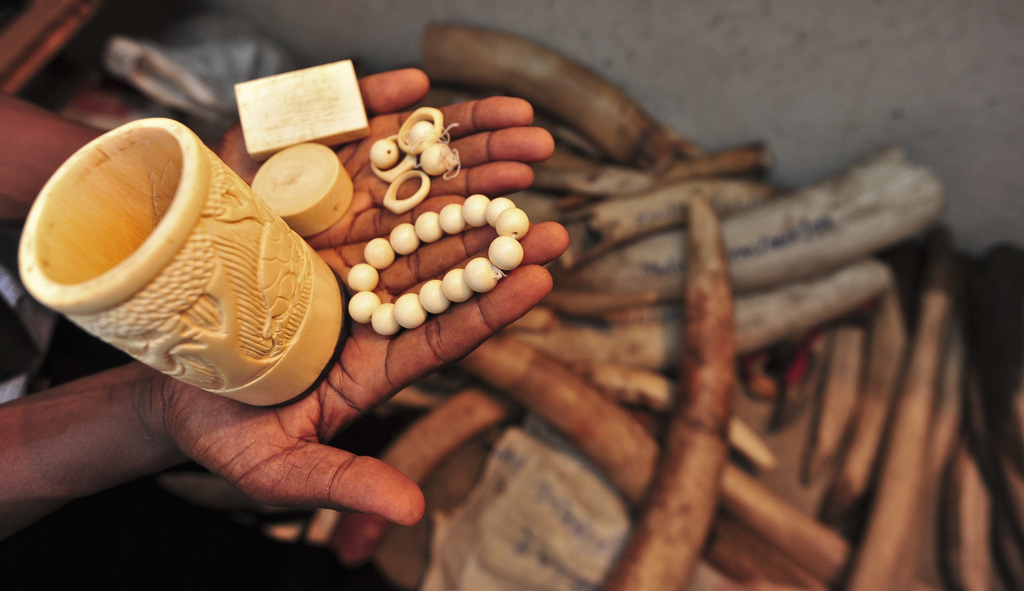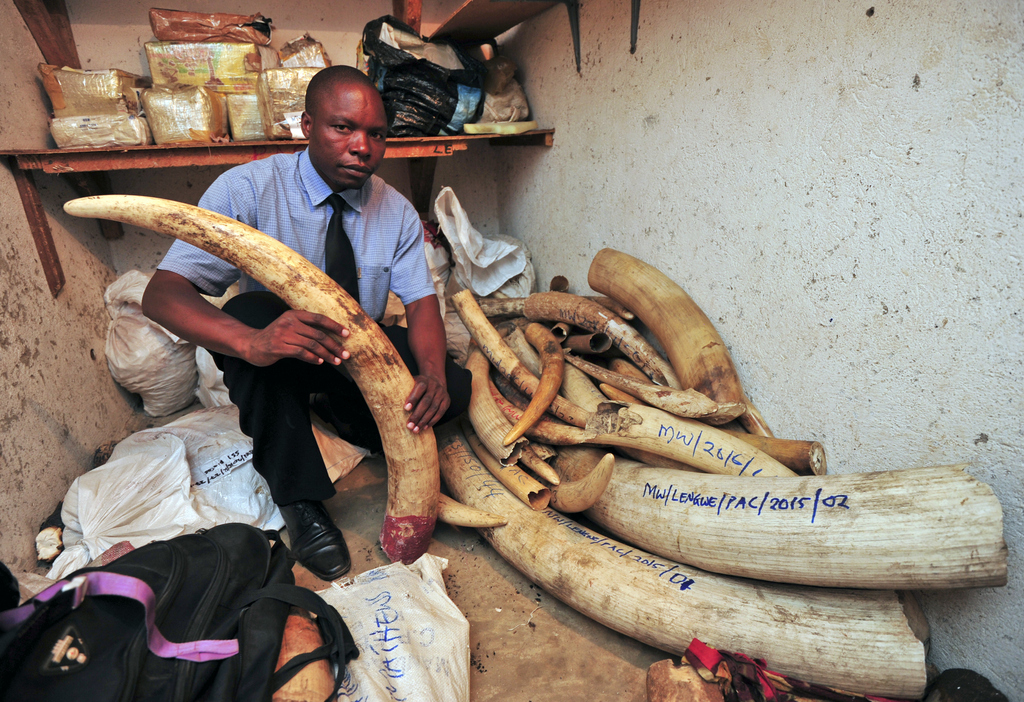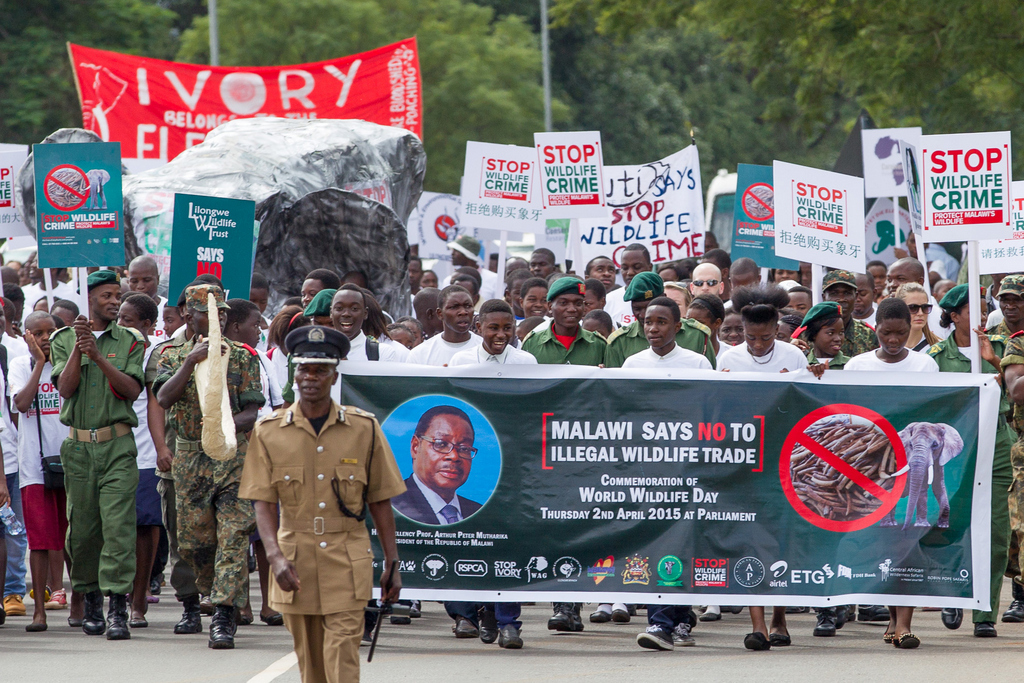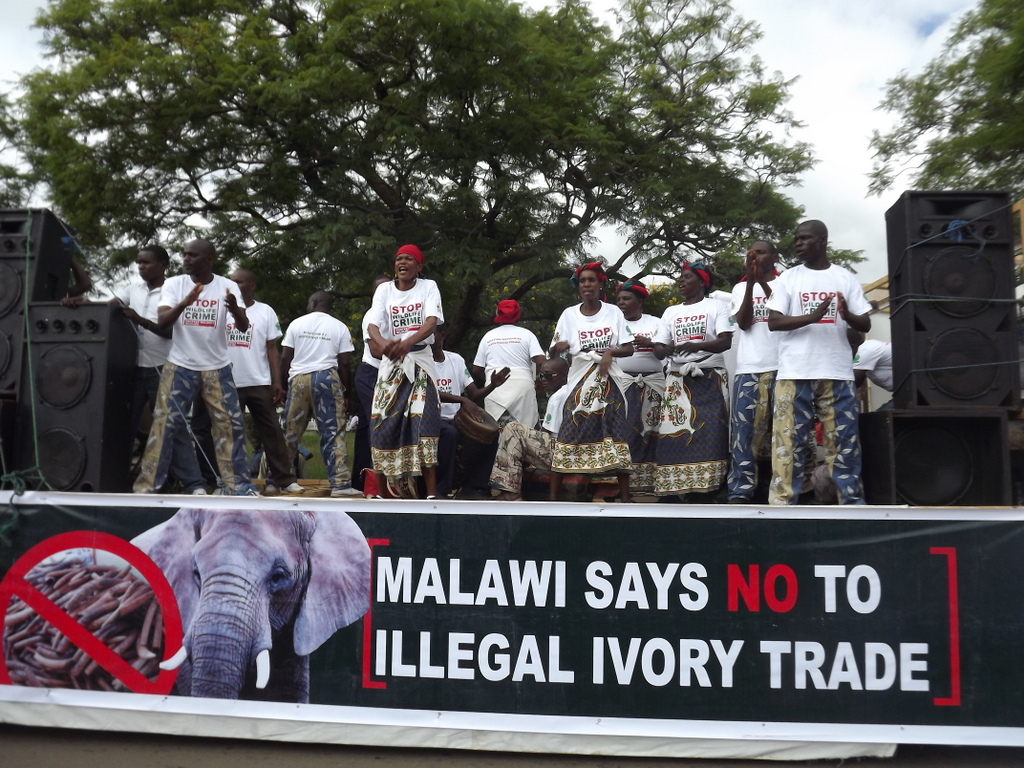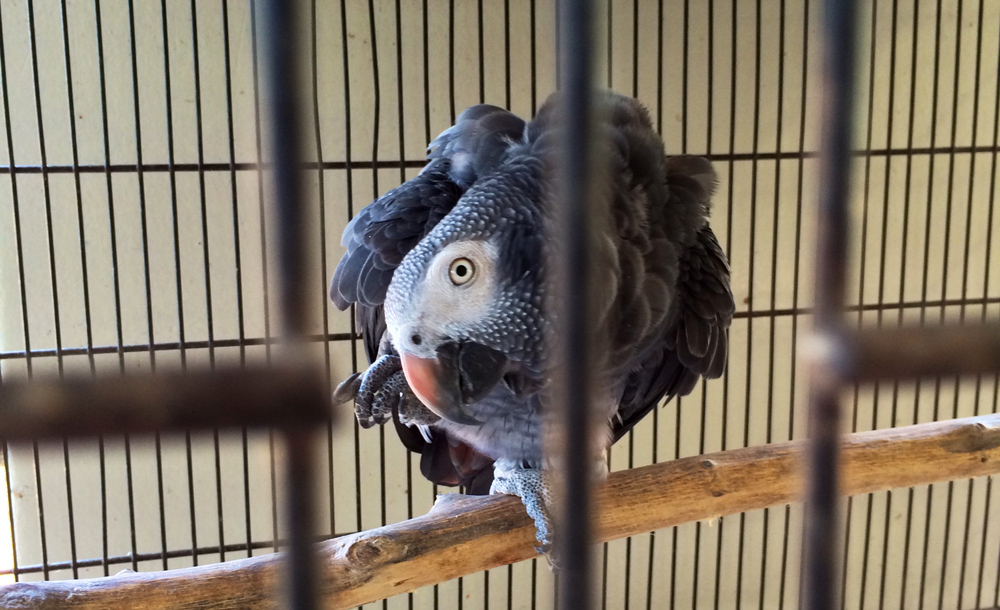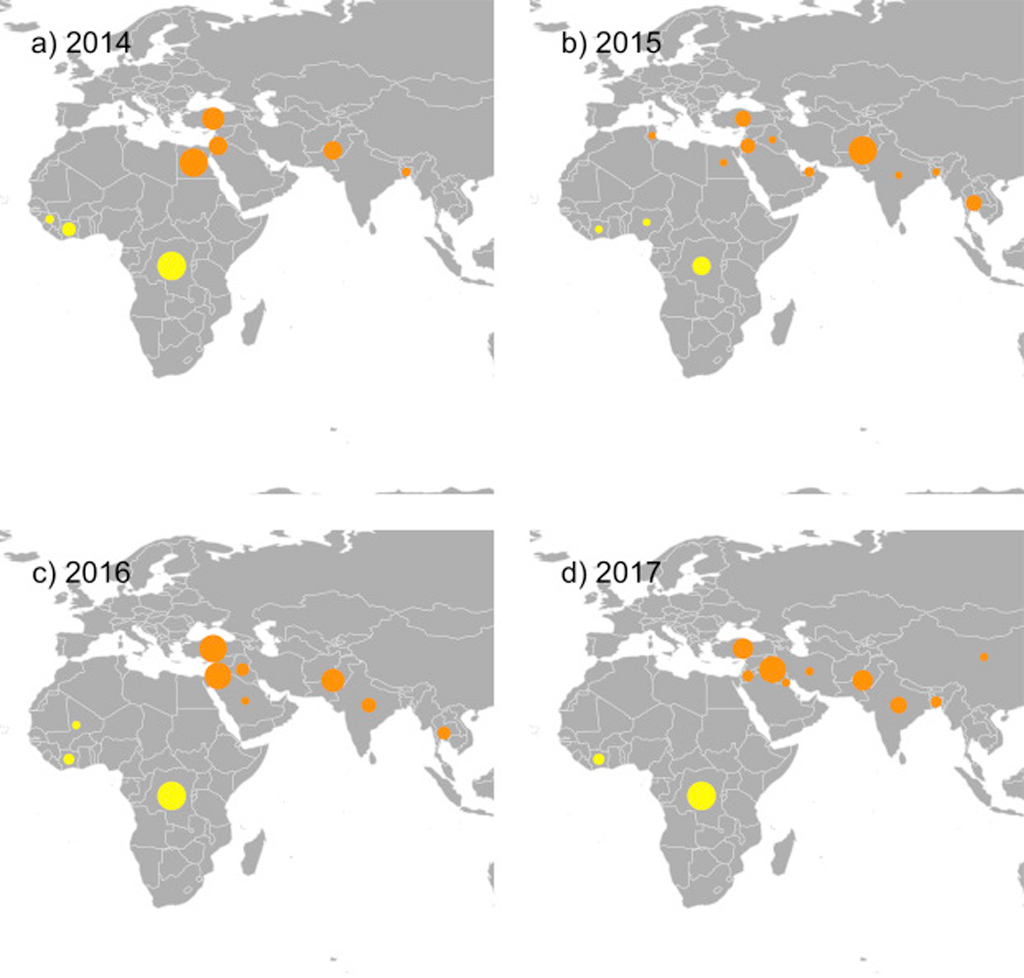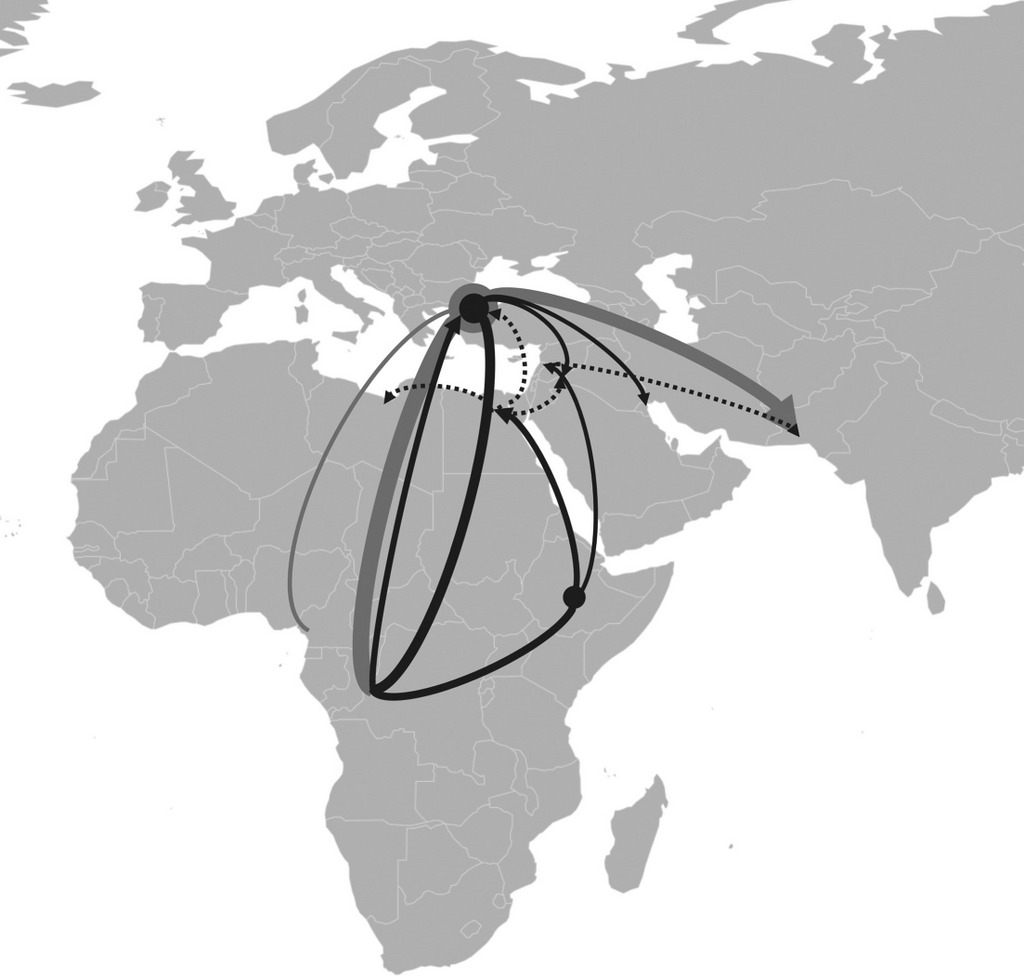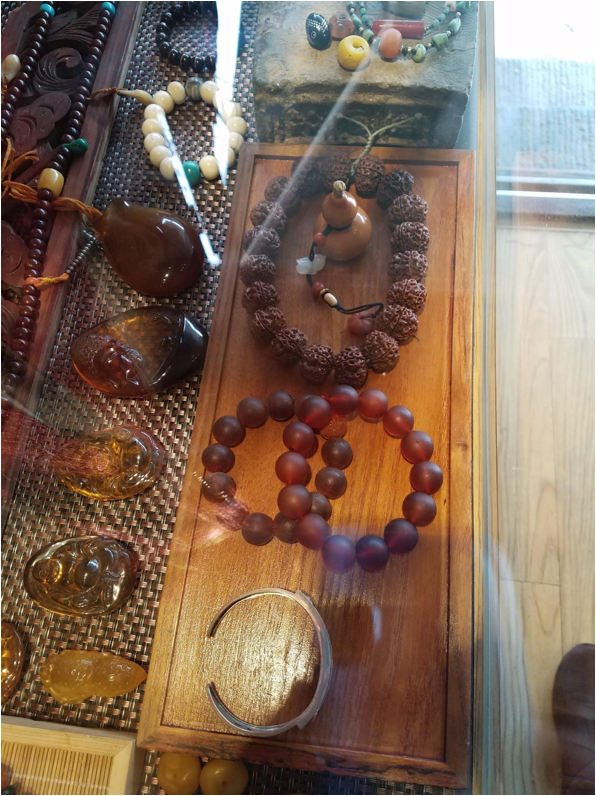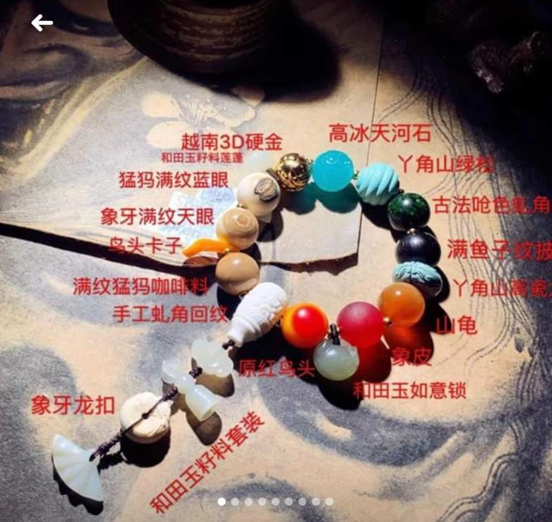by Mongabay.com on 9 October 2019
- Released last week by the London-based NGO World Animal Protection to coincide with World Animal Day, the report looks at the “Big 5” and “Little 5” most-in-demand species and how trade in those animals impacts their wellbeing and conservation status.
- Between 2011 and 2015, some 1.2 million animal skins from the “Big 5” African wildlife species identified in the report as being most in-demand
- the Nile crocodile, the Cape fur seal, Hartmann’s mountain zebra, the African elephant, and the common hippo — were legally sold.
- More than 1.5 million live animals belonging to one of the “Little 5” African species — the ball python, the African grey parrot, the emperor scorpion, the leopard tortoise, and the savannah monitor lizard — were exported for the exotic pet trade between 2011 and 2015, the report finds.
A new report finds that both legal and illegal trade are detrimental to the conservation of Africa’s iconic wildlife.
Released last week by the London-based NGO World Animal Protection to coincide with World Animal Day, the report looks at the “Big 5” and “Little 5” most-in-demand species and how trade in those animals impacts their wellbeing and conservation status.
The “Big 5” was originally a term used to refer to the five wild animals in Africa considered most dangerous to hunt: lions, leopards, rhinoceros, elephants, and Cape buffalo. Wildlife safari operators eventually adopted the term and used it to refer to the iconic species that tourists were most hoping to see. In the same vein, the “Little 5” was a term created to promote tourism relating to the “smaller, less noticed but still enigmatic, wild animals of the African savannah,” according to the authors of the report.
“Wildlife trade, both legal and illegal, is damaging the conservation of wild populations through unsustainable harvesting, species loss, and the spread of disease,” the authors add. “Here we reveal the ‘Big 5’ and ‘Little 5’ wild animals that are legally traded in the highest numbers, based on CITES records of full skins and live animals exported from sub-Saharan African between 2011 and 2015.”
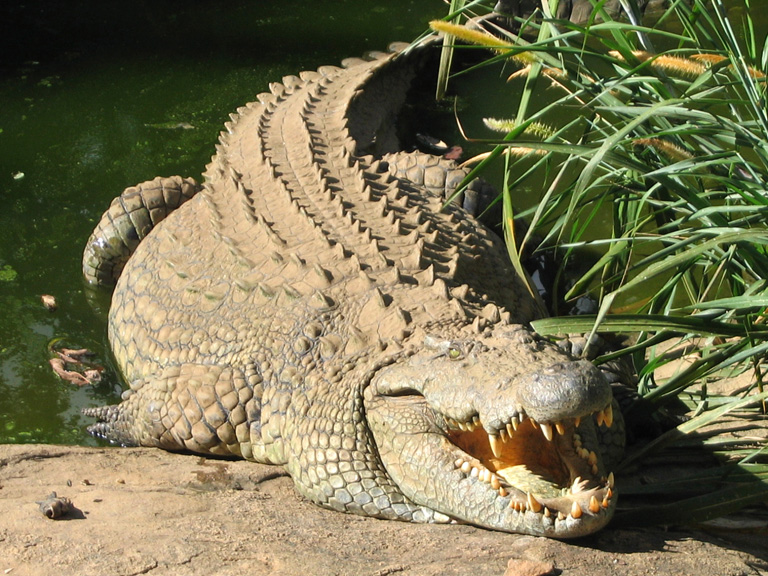
The welfare of individual Nile crocodiles are kept in captivity on commercial farms is often inadequate and of major concern. Photo Credit: World Animal Protection.
Within that time period, some 1.2 million animal skins from the “Big 5” African wildlife species identified in the report as being most in-demand — the Nile crocodile, the Cape fur seal, Hartmann’s mountain zebra, the African elephant, and the common hippo — were legally sold.
Nile crocodiles, whose skin is used to produce exotic leather, are a good case study in how the legal wildlife trade can impact both animal welfare and overall conservation of a species. CITES restricted the international commercial trade in crocodiles sourced from the wild in 1975 after human encroachment into the swamp and river habitats the crocodiles prefer and the poaching of Nile crocodiles for their skin led to sharp declines in wild populations over the previous decades. The CITES restrictions had the unintended consequence of increasing ranching of Nile crocodiles by captive breeders, however.
Between 2011 and 2015, 40 to 45 percent of the more than 189,000 Nile crocodile skins traded internationally every year came from ranching operations. Per the report, as of 2016, there were an estimated 4,000 to 5,000 crocodile farms worldwide: “Sadly, instead of prioritising the animals’ welfare, farms typically emphasise producing the best quality skins for the highest profits. Even basic welfare concerns, like the size of enclosures and separating certain groups, can be overlooked. Methods of restraint, slaughter, capture and transportation are all serious welfare concerns. Any potential conservation benefits from these farms come at the cost of welfare concerns for animals living in intensive commercial captivity.”
African elephants are also exploited for their skin, which is used to make jackets, car interiors, and other decorative items. Most African elephants are listed on CITES Appendix I, which bans international commercial trade in the species, but in Botswana, Namibia, South Africa, and Zimbabwe, the elephants are listed on CITES Appendix II, which permits trade as long as it doesn’t harm the species’ survival in the wild. Thus, more than 8,000 elephant skins were exported between 2011 and 2015, mainly from Zimbabwe and South Africa.
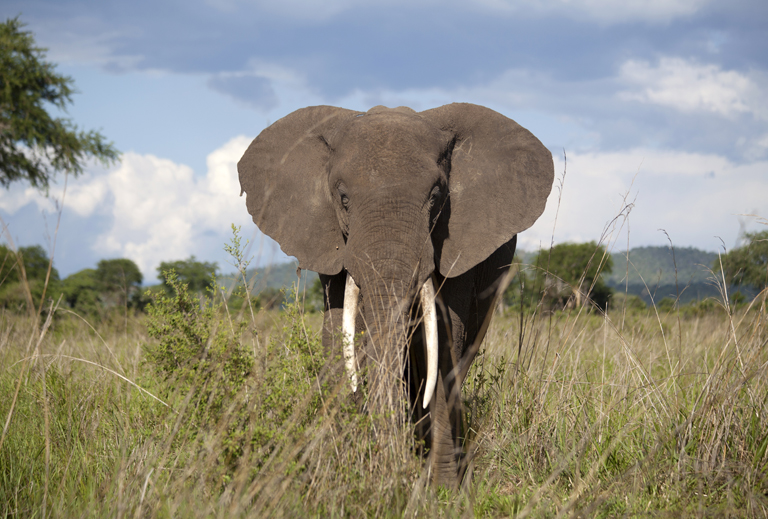
Usually shot and often left to die in agony once their tusks have been hacked off with machetes – all for sake of a few trinkets and carvings. Photo Credit: World Animal Protection.
Elephants were once widespread across sub-Saharan Africa, but their population has declined sharply since 1979 as the animals lost 70 percent of their historic range. “Poaching, conflict with humans and loss of habitat are all to blame for this sharp decline,” the report explains. “There are concerns that legal trade of their skin in some African countries may have contributed to declines in numbers.”
More than 1.5 million live animals belonging to one of the “Little 5” African species — the ball python, the African grey parrot, the emperor scorpion, the leopard tortoise, and the savannah monitor lizard — were exported for the exotic pet trade between 2011 and 2015, the report finds.
In addition to being the most frequently traded CITES-listed species that is legally exported out of Africa, the ball python is hunted locally in its range for meat and leather as well as for use in traditional medicine. But “an even bigger threat to its survival is consumer demand for the international pet trade,” the report states. Nearly 600,000 individual ball pythons were exported between 2011 and 2015 alone, with 55 percent destined to be sold as pets in the USA.
“Ball pythons suffer at every stage of the trade chain. Exported in large numbers, confining wild animals in a crowded small space causes immense stress and increases the risk of disease,” the authors write in the report. “Although the majority of them are reported to come from ‘ranching’ operations, there are concerns about the practices used to maintain numbers. Ranching involves pregnant females and eggs being taken from the wild so that most of their young can be kept for trade while a few are returned to the wild.”
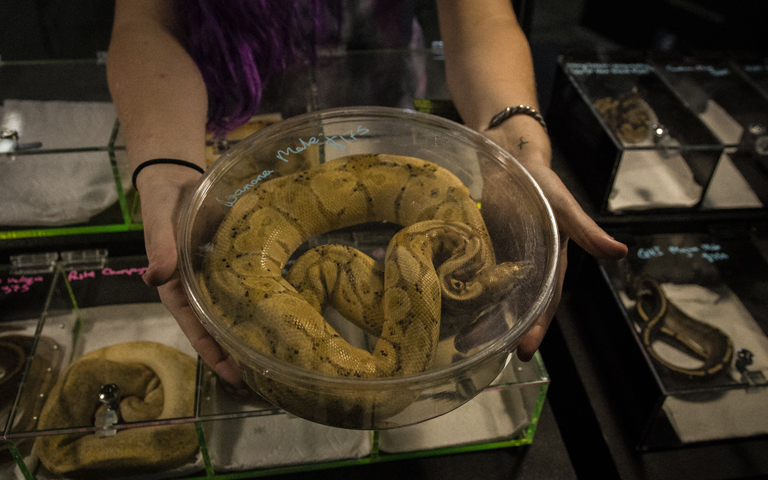
As the single most traded live animal legally exported from Africa, the Ball python is taken from the wild for sale on the international pet market. Photo Credit: World Animal Protection.
African grey parrot are also in high-demand as pets, thanks to their intelligence and vocal mimicry abilities. This demand has had dire consequences for the species: “Since 1975, around 12 million live parrots have been traded internationally, 62% of which were either wild-caught or of unknown origin. A total of 289,006 individual African grey parrots were exported between 2011 and 2015 — most of these by South Africa (88%).”
Due to declines in wild populations over the last five decades driven by the pet trade, African grey parrots were recently listed as Endangered on the IUCN Red List.
“When people hear of Africa’s famous ‘Big 5’ and ‘Little 5’ they probably think of the iconic wild animals tourists hope to see on a wildlife safari. But after reading this report, I hope they’ll remember a different ‘Big’ 5’ and ‘Little 5’ — those African wild animals that are being greedily exploited the most by consumers around the world,” Dr. Neil D’Cruze, head of wildlife research and animal welfare at World Animal Protection, said in a statement.
“Trading animals in this way may be legal, but it doesn’t make it right. These are wild animals — not factory-produced goods. This cruel industry hurts wild animals and can damage Africa’s biodiversity with devastating long-term impacts on livelihoods and economies too.”
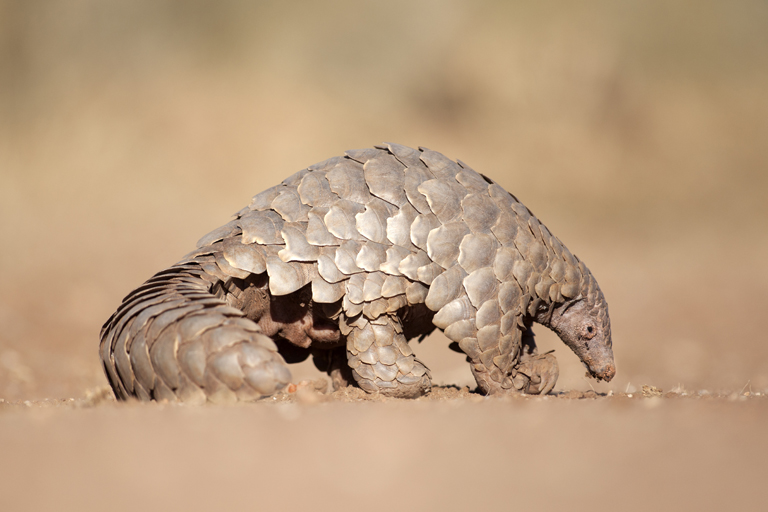
There are four species of pangolin in Africa, these small shy animals are now considered the most heavily-trafficked mammal in the world. Photo courtesy of World Animal Protection.
World Animal Protection’s researchers also examined more than 3,000 articles published in 2017 to determine that the top 5 illegally traded species, as reported by the media, are elephants, rhinos, giraffes, pangolins, and African lions.
Pangolins, now considered the most heavily-trafficked mammal in the world, often meet a particularly gruesome fate when caught by wildlife traffickers: “These small, shy animals suffer tortuous and agonising deaths as they can be literally boiled alive to remove their keratin scales, which are highly valued in traditional Asian and African medicine. Their meat is also eaten as a luxurious delicacy,” the researchers report.
“Africa’s unique wildlife has been commodified — exploited for money, without full consideration for their welfare or conservation — but it doesn’t have to be this way,” Tennyson Williams, country director for World Animal Protection Africa, said in a statement. “We know we can benefit from living side by side these amazing animals. Thousands of visitors from around the world come to see them — it’s essential we protect this legacy for future generations.”
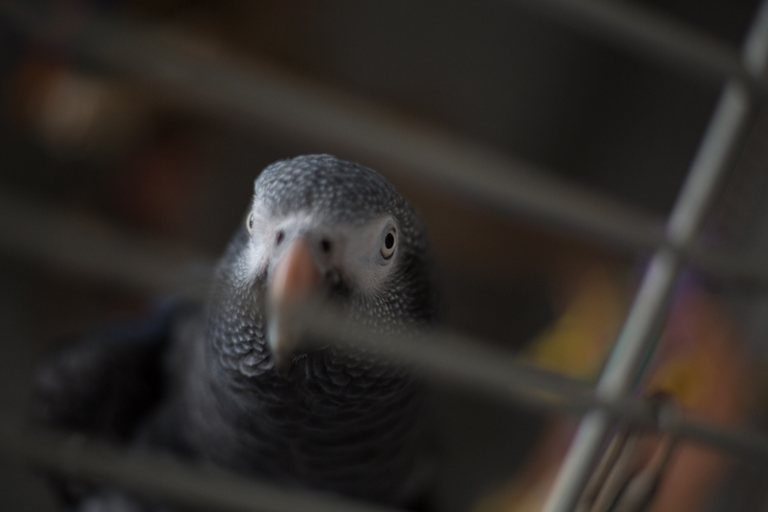
African grey parrots are sought after because of their ability to mimic human speech and their long lifespans but suffer significantly during capture and transport from the wild, and from resulting captivity. Photo Credit: World Animal Protection.



